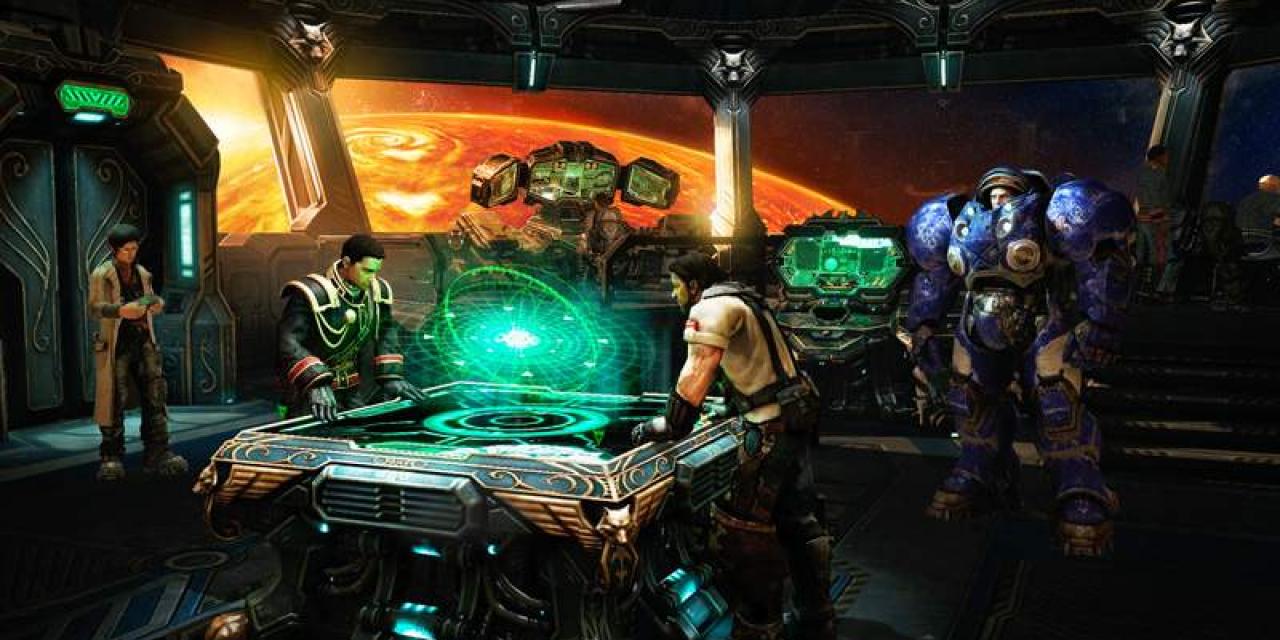
When Blizzard Entertainment's Dustin Browder and his team started working on StarCraft II they had a specific goal in mind: to design it as an e-sport that rivals its predecessor.
The original StarCraft has become a national sport in Korea for a long time and Browder was aiming for its sequel to reach the same status. In his own words: "This is going to be insanely hard. It's going to be like inventing Basketball 2."
In 2005 Supreme Commander and Dawn of War were the top selling RTS games and they both featured plenty of factions, each with tens of playable units; However, Blizzard instructed Browder that StarCraft II was to have 3 factions and 45 playable units only. Browder was disappointed by those restrictions, but he was reassured by Blizzard: "Hey man, don't worry, this isn't like other games that you play, this is an e-sport."
Browder's guidelines to creating a good e-sport game were simple and sensible: it must be fun to watch by an audience, it must be visually pleasant and clear, it must be simple, it must involve skill and it must provide an amount of uncertainty.
With such a low limit on the number of units allowed, the design team faced a very tough challenge while trying to make the game easy to learn but near impossible to master. They also had to increase the game's dependence on the player's skill - which is the exact opposite of the design mindset they were accustomed to: bringing players of all skill levels together.
But the most distinctive feature is uncertainty and that's why Browder made it his top design priority. A prime example he gave was the famous "Zerg rush", a tactic used by StarCraft players to win multiplayer games very early but it is considered to be a cheap way to win by most players. Browder chose to keep the Zerg rush in StarCraft II - while ensuring that it is counterable - because it provides a degree of uncertainty right off the bat.
